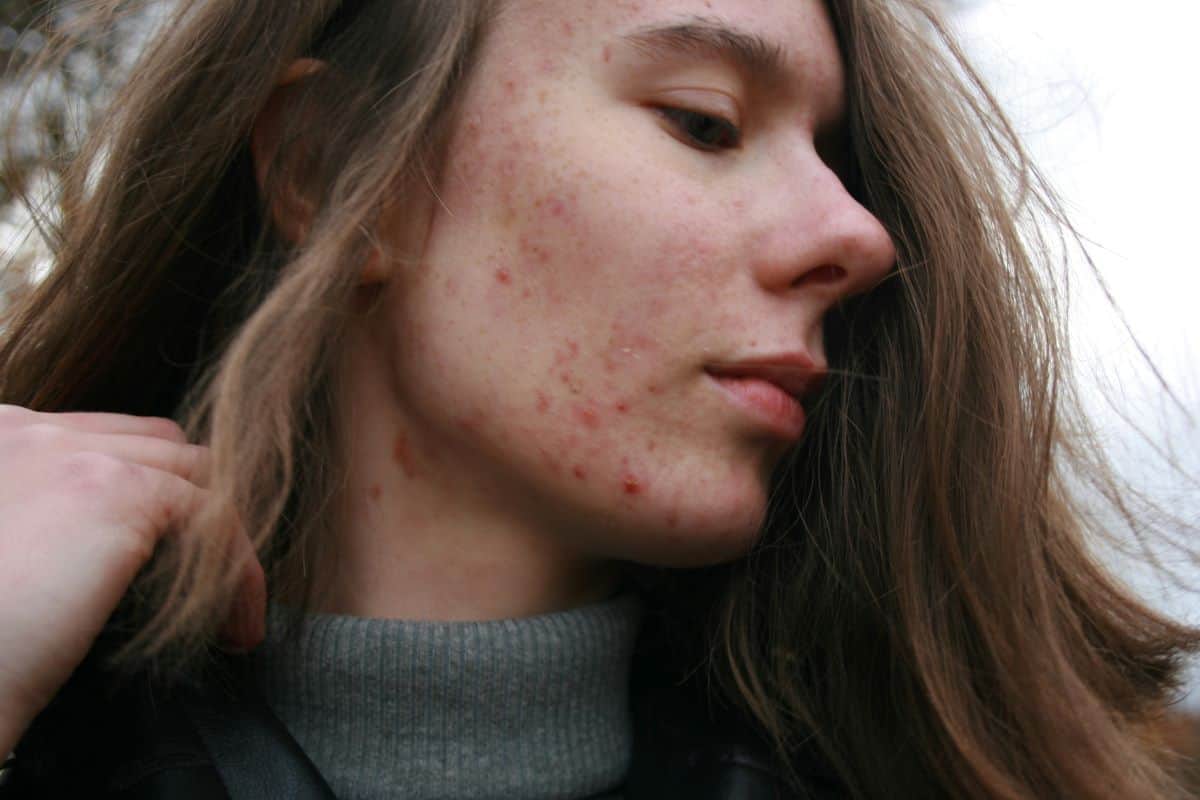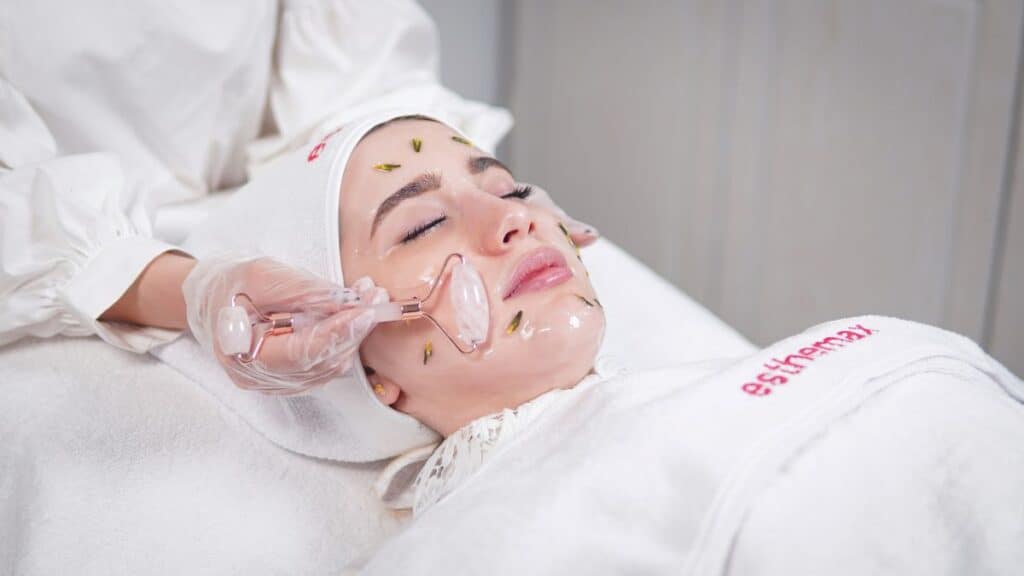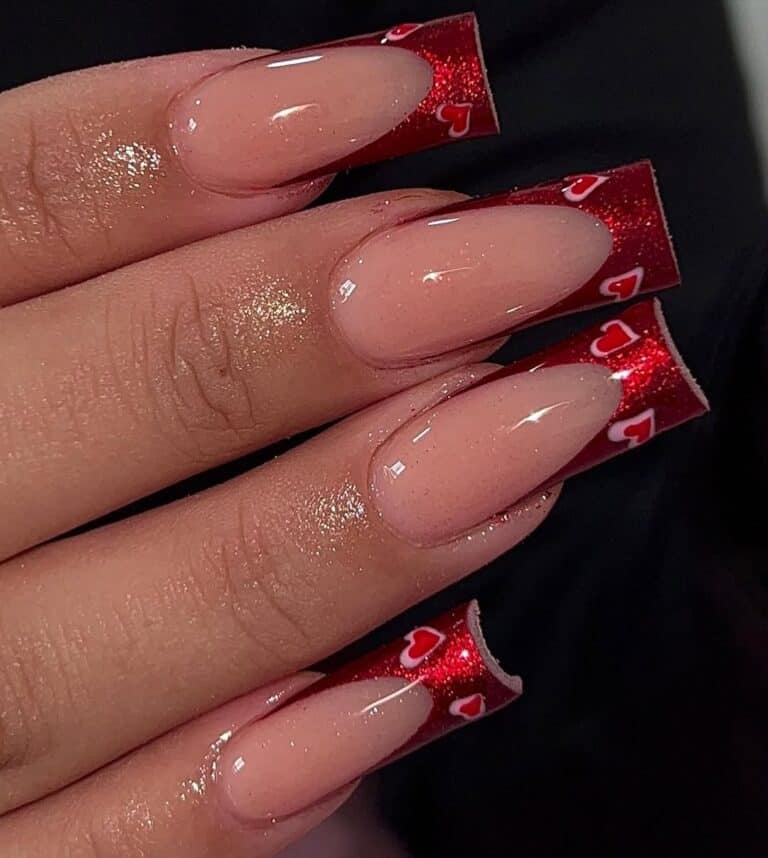
Understanding Acne Scars and Hyperpigmentation
Acne scarring occurs when breakouts penetrate the skin deeply, damaging the tissues beneath. It usually manifests as indentations or raised marks on the skin’s surface. These scars result from the skin’s attempt to repair itself post-injury. On the other hand, post-inflammatory hyperpigmentation (PIH) appears as darkened patches or spots where the pimple used to be. PIH develops due to an overproduction of melanin, the pigment that gives the skin its colour, responding to inflammation. While acne scars are literal changes in the skin’s texture, PIH affects only the colour or pigment of the skin. This crucial difference sets the stage for targeted treatments, with acne scars often requiring more intensive, sometimes invasive procedures compared to the topical approaches usually effective for PIH.
Understanding Post-Inflammatory Hyperpigmentation
Post-inflammatory hyperpigmentation, or PIH, emerges due to the skin’s natural response to inflammation. Acne often acts as the primary trigger, producing excess melanin and darkening the affected skin areas. This condition signifies the aftermath of a wound healing process, where melanin, the protein responsible for skin colour, gets overproduced.
Treatments exist that can hasten the fading of PIH despite the condition’s tendency to diminish over time naturally. Such options range from over-the-counter topical medications to more intensive in-office procedures. They aim at reducing melanin concentration, thereby lightening the discolourations. While PIH might take up to two years to completely disappear without intervention, adopting an appropriate treatment can significantly speed up recovery.
Identifying Types of Acne Scars
Acne scars burden the skin in distinct ways, splitting into categories that have puzzled many. Ice pick scars stand pronounced, with their deep, narrow indentations drilling into the skin as if tiny ice picks chiselled away at once smooth surfaces. These scars can make the skin appear like an array of minuscule points has punctured it. Boxcar scars, in contrast, cast a wider net of despair with their box-like depressions. They cut across the skin with sharp edges, forming craters that lay bare the havoc acne wreaked. This type seeks to tarnish the smooth terrain of one’s complexion, leaving a rugged landscape in its wake. Lastly, hypertrophic scars rise from the skin, not in retreat but as raised battlements. They differ fundamentally in their quest not to cave but to build, forming lumps that oppose the surrounding skin’s smoothness. Each scar weaves its narrative of past battles with acne, messing with your skin’s feel like a patchwork of memories.
Why Dark Marks Persist After Acne Heals
Dark marks, also known as post-inflammatory hyperpigmentation, stubbornly linger long after acne heals. This persistence stems mainly from the type of skin you have. For instance, those with darker complexions may find these spots remain visible for an extended period. The seriousness of the initial acne plays a crucial role, too. More profound and severe breakouts tend to leave behind more pronounced hyperpigmentation. Excess melanin production during the skin’s healing process darkens these areas. Without intervention, the discoloration might fade but will very slowly, often taking months or even years. Practical treatment approaches can significantly accelerate this process, making seeking appropriate solutions early on crucial.

Key Factors Contributing to Scarring and Hyperpigmentation
Sun exposure has shown a profound impact on skin health. It can exacerbate dark marks and contribute to sun damage. This damage increases the risk of developing post-inflammatory hyperpigmentation (PIH). Individuals with darker skin tones often experience more pronounced hyperpigmentation issues. The relentless completion of the skin’s battle with sun spots is a testament to the damage sun exposure can inflict.
Genetic factors also play a crucial role. Some people might notice their skin scars more quickly due to inherited traits. This predisposition means that they are more likely to develop marked scarring in the face of severe acne or cystic acne. Such scars range from hypertrophic to boxcar scars, each with a distinct challenge.
Types of acne significantly influence scarring risks. Cystic acne, known for its depth and potential for infection, can disrupt collagen production and damage more profound layers of the skin. This disruption is a fertile ground for acne scars and dark spots to form. In contrast, mild acne might not pose as much threat but can lead to discolouration if not appropriately managed.
Overview of Effective Treatments
Diving into skin restoration, numerous treatment options have emerged to tackle those stubborn acne scars and hyperpigmentation. Topical treatments have proven their efficacy time and again. Ingredients like hydroquinone, glycolic acid, and potent retinoids work by fading dark marks and improving skin texture. These key ingredients are gentle on the skin yet fiercely combat excess melanin.
Professional treatments offer a deeper dive into scar correction. Laser resurfacing, chemical peels, and microneedling have been designed to address various layers of skin damage. These procedures, tailored to different skin tones and types, promote collagen production and reduce the appearance of scars. It is essential to consult a board-certified dermatologist to craft a treatment plan that best suits your unique skin needs.
Lifestyle adjustments also play a critical role in managing acne blemishes and skin discolouration. Incorporating sun protection into your daily skincare routine prevents further sun damage and aids healing. With these tailored approaches, navigating the journey towards clearer skin becomes a more attainable goal.
Topical Solutions
Over-the-counter (OTC) and prescription topical treatments are essential to minimising acne scarring and post-inflammatory hyperpigmentation. Hydroquinone, a lightening agent, has proven to reduce dark marks and sun spots on the skin’s surface. Coupled with glycolic acid, it facilitates the shedding of dead skin cells, enhancing the skin texture markedly.
Retinoids have gained acclaim for their dual role in promoting collagen production while accelerating cell turnover. This process not only erases fine lines but also significantly fades both red marks and brown spots. Such ingredients are pillars for effective treatment, especially for those with acne breakout consequences. Moreover, incorporating salicylic acid into your skincare routine offers a profound pore-cleansing effect, preventing future acne blemishes while smoothing the skin’s texture. Whether you opt for lighter OTC tools or potent prescription creams, a comprehensive treatment plan promises a path towards clearer skin.
Professional Treatments
In-office procedures have offered groundbreaking results for those tackling acne scars and hyperpigmentation. Laser treatments stand at the forefront. They address the top layer of skin and penetrate deeper layers, encouraging collagen production. These procedures have shown promise for various scar tissues, including those from severe acne. Laser therapy customises its approach to suit lighter and darker skin tones, minimising the risks of further skin discolouration.
Chemical peels have taken strides in buffing away the appearance of acne scars. They work by removing dead skin cells, revealing a smoother skin texture beneath. This method proves particularly effective in reducing the visibility of dark marks and sun spots among individuals with different types of acne scars. As skin sheds, much-needed rejuvenation occurs, making chemical peels an excellent choice for enhancing the skin’s surface.
Microneedling has become a favourite for boosting the skin’s natural healing process. It targets the skin’s surface to prompt collagen and elastin production. These actions help reduce the appearance of depressed acne scars and improve overall skin texture. With this technique, every skin tone, from darker to lighter, can achieve clearer skin. Professionals highly recommend combining microneedling with topical treatments for the best results.
Sun Protection: A Crucial Step
Your skincare routine must prioritise sun protection, especially when dealing with acne scars and hyperpigmentation. Dark marks and scar tissue on the skin’s surface can worsen without adequate defence against sun damage. Sun exposure not only prolongs the healing process but can also heighten the risk of developing sun spots and exacerbate dark skin tones’ propensity for postinflammatory hyperpigmentation.
High SPF sunscreens have emerged as the best treatment to safeguard your skin. They act as a critical barrier, protecting the top layer of skin from harmful UV rays that trigger melanin production. This, in turn, prevents the darkening of acne marks, ensuring the appearance of acne scars does not darken or become more pronounced. For those with darker skin, which might already have a propensity to produce much melanin, daily sunscreen application can make a significant difference in the treatment plan for clear skin.
Remember, sun protection is more than just applying sunscreen; it’s an essential part of a comprehensive approach to reduce skin damage, promote effective hyperpigmentation treatment, and support the skin’s natural healing process. Make it a habit to apply a broad-spectrum sunscreen every day, even on cloudy days or when indoors, to provide your skin with the protection it needs. This simple yet effective step is fundamental for achieving and maintaining clear skin, free of dark marks and scars.

Navigating Treatment: Tips for Success
You have embarked on a journey toward clearer skin, navigating the complexities of acne scars and hyperpigmentation. This path requires patience, research, and dedication. To guide you, key recommendations have been identified for successfully addressing these common skin conditions.
For starters, understand the central role ingredients play in topical treatments. Products containing glycolic acid, vitamin C, and salicylic acid have been proven beneficial. These powerful agents aid in fading dark marks and improving skin texture by promoting the shedding of dead skin cells and boosting collagen production. Still, the effectiveness of these solutions significantly varies among different skin types, particularly between lighter skin and darker skin tones.
Seeking professional advice becomes crucial when over-the-counter treatments prove insufficient. A board-certified dermatologist can offer a tailored treatment plan, perhaps suggesting prescription creams, laser treatments, or even dermal fillers for more severe cases. This personalised approach addresses the type of treatment needed and considers your skin’s unique characteristics.
Incorporating these treatments into your skincare routine should be done thoughtfully. Always introduce new products gradually and monitor your skin’s response to avoid irritation. Protection against sun exposure remains paramount; sunscreen can prevent further sun damage, making it an indispensable part of your daily regimen. Finally, remember that the journey to improved skin might take a long time, but steadfast efforts will yield brighter days.
Brighter Days Ahead
Embarking on a journey toward clear skin can feel overwhelming at first. You may have tried countless treatments for acne scars and hyperpigmentation with little to no success. However, the landscape of effective treatment options is vast and evolving. Strides have been made from laser treatments that target the deeper layers of the skin to topical solutions rich in glycolic acid and vitamin C.
The road to reducing dark marks and improving your skin’s texture isn’t a short one. Patience and consistency are your allies here. Remember, the appearance of acne scars changed once, which means they can change again. Treatments like dermal fillers and laser resurfacing have shown promising results in improving skin texture and stimulating collagen production beneath the skin’s surface.
Yet, the best treatment plan for your skin depends on various factors, including your skin tone and the type of scars you have. Active acne, hypertrophic, and boxcar scars respond differently to chemical peels and microneedling treatments. Protecting your skin from sun damage with a high SPF sunscreen is crucial, as sun exposure can exacerbate hyperpigmentation and undo progress.
Therefore, seeking advice from a board-certified dermatologist is essential. They understand the complexities of treating different types of acne scars and PIH in darker and lighter skin tones. Professional treatments and a personalized skincare routine pave the way forward. The key lies in harnessing the right ingredients—kojic acid, hyaluronic acid, and salicylic acid, to name a few—and leveraging them for their capacity to diminish dark spots, promote healing, and restore your skin’s natural beauty. Encourage yourself; brighter days and clearer skin are within your reach.






